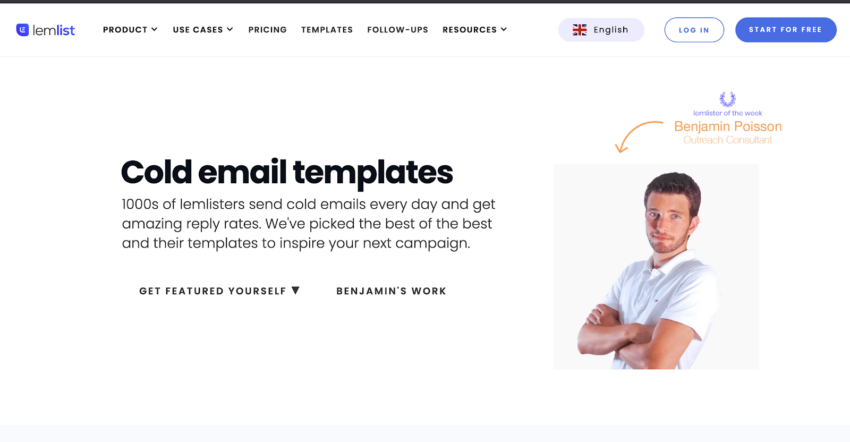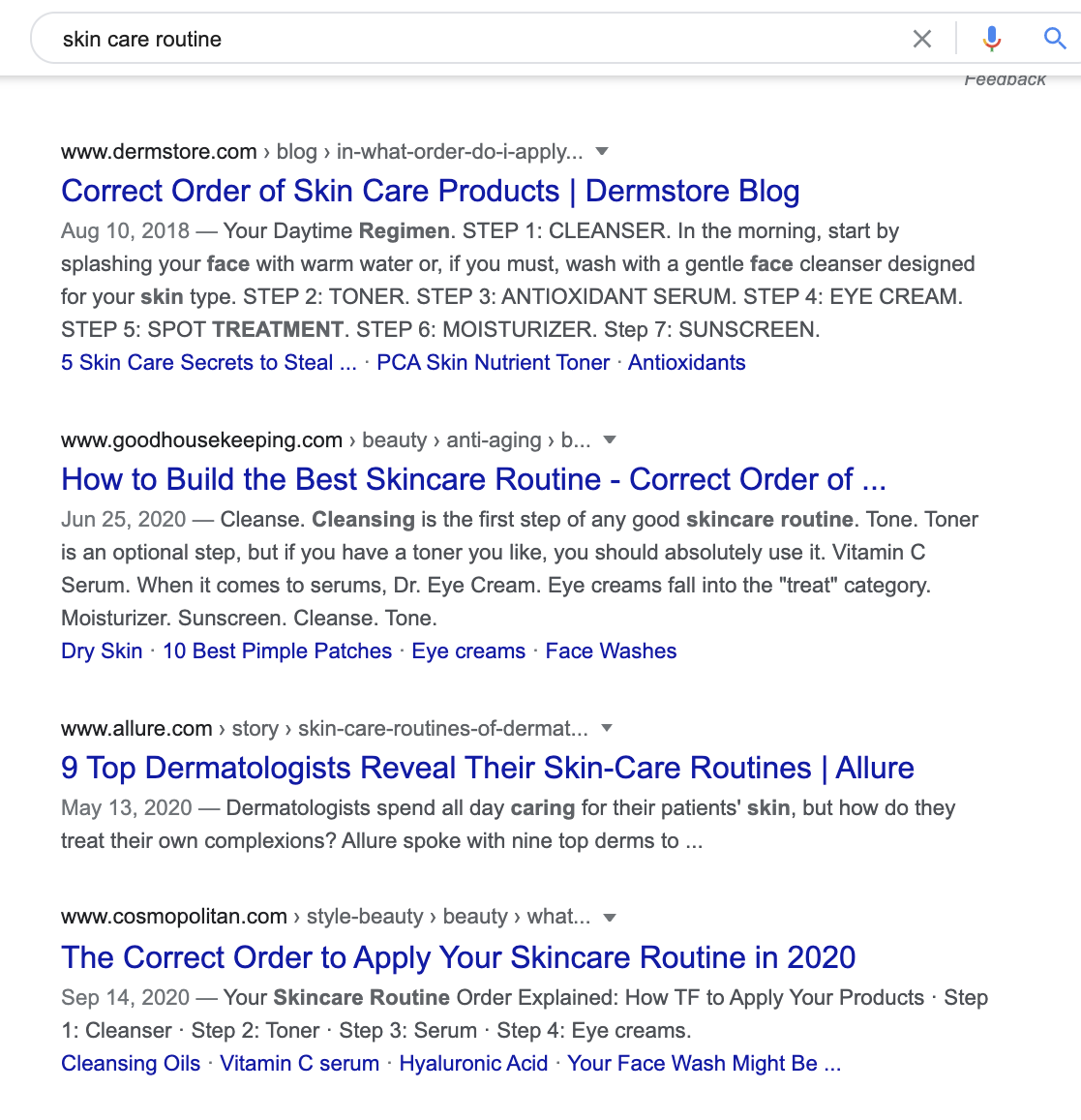How to Get Your Content in Front of the Right People
The biggest challenge most of my clients face before we start working together is getting their content in front of the right people. The pressure to create high volumes of content is real and intense. It’s what causes generic, obvious content to be so prolific. If I have to read another SEO post written just for SEO, I’m gonna throw a tantrum. That’s not the kind of content that:
- Goes to the right audience
- Makes a difference (especially in front of ideal consumers)
What if there was a simpler way to get content in front of the right audience, intrigue them, and automatically position your brand as one worthy of following?
Getting your content in front of the right eyes requires a shift in your content mindset: that content isn’t just another thing you need to do, but rather a networking channel and form of community building.
In this article, I’ll walk you through how to not only get your content in front of the right people, but to involve them in your content creation process. Spoiler: they’re the same thing.
Who are the right people?
The person you want to write for, the one you want to get your content in front of, is the person who looks like your best, real customer.
I don’t want you to think too hard about some imaginary ideal customer. Think about the ones you have right now. Looking at those, and considering all your use cases, ask yourself:
- Which ones use your product or service to its maximum value?
- Which one loves your product or service?
- Which one buys the largest amounts or buys the most frequently?
- Who will stay with you the longest?
- Who is the least of a headache to deal with?
Once you’ve mapped out who this person is and what their challenges are, you’ll be ready to start creating content to attract more of those people. Once you’ve identified who these people are, survey or interview them to learn more about how you can help them with content. That part of the interview will help you know what content to create.
Part of that research is figuring out their online habits and how they consume content. This part will help you know how to get it in front of them.
How do they consume content?
As you interview your best customers, ask them about their content consumption habits. Just don’t word it that way.
Do they follow any professionals, influencers or brands online? In what form?
There are two aspects that will be interesting for you here:
- What format they consume content in
- Where they find the content they consume
You’ll have to probe them a little during this part of the interview or research.
Some example questions are:
“Are you subscribed to any newsletters? What do you like about them, or why are you subscribed to them?”
“Is there anyone on LinkedIn (or insert whatever other relevant social channel here) whose content you enjoy? Why?”
“Do you ever get information from any online forums? Which? Why those?”
“Are you part of any online communities or Slack groups? Which? Why?”
“Do you listen to podcasts? What kind do you like? How did you hear about them?”
Dig deep and you’ll start to uncover where they source content from and what motivates them to consume it. Sometimes, it’s surprising.
When I was mapping out a strategy for one of Flying Cat Marketing’s clients, let’s call him John, he was sure that his clients were all on LinkedIn. He even had it as a part of his strategy and goals.
We interviewed 10 of his clients and none of them spent any time on LinkedIn—they were either all on Instagram or just subscribed to very specific newsletters. We would’ve never reached them on LinkedIn.
When you’ve gathered enough information, you can start to create your content marketing strategy, which will include distribution.
Content creation techniques
Most people, particularly in B2B, are interested in how their peers do things.
Instead of “how to do X,” they’re more likely to want to know “how my competitor did X.” That’s how you can combine storytelling with expertise and fire up your audience’s curiosity.
One of the strongest ways to get content in front of the right people is to feature them in your content.
Have a podcast? Invite your prospect on it as a guest. Guillaume Moubeche, CEO of lemlist, a sales automation tool, sends out a newsletter every week with a “lemlister of the week”. He features his current users and talks about how they’ve used the tool, what their techniques were and how other users can replicate the same results.

People adore getting featured in success stories and share them. So not only does he get distribution: he builds customer loyalty, creates case studies, and shows potential users what results they could get using his tool.
Psst…did you notice? I just gave Guillaume Moubeche a shoutout in this post. This is a small illustration of how you can refer to someone in your content if you can’t do a feature interview.
Guillaume, I still want you on my podcast though.
Content-Based Networking, a term coined by James Carbary, is, in his words: “using content collaboration to build the exact relationships that can help you achieve your goals and dreams. Content-Based Networking is figuring out the relationships you need to build to achieve your goals, going directly to those people and creating content with them.”
Using content as a networking technique is the greatest distribution method for your content.
Do quote roundups, full feature pieces, case studies, and interviews with the very people you want to get your content in front of.
Even if you can’t get an interview or quote from them, you can still create a piece about them, then email them after or tag them in the piece.

Alternatively, you can feature their competitors in it, which might also catch their eye.
If you take away one thing from this article, it’s to stop creating content alone: try to include someone else, somehow, in every piece you create, and your reach will get much wider, much faster.
Next, you’ll want to take each piece through a vigorous content distribution method.
Content distribution techniques
Getting content in front of the right people isn’t luck: it’s from systematic and strategic distribution of your content.
Here are some alternative distribution methods I recommend other than just sharing your content to your social networks:
Search engine optimization and nailing search intent
I know I said it would be an alternative method, and SEO isn’t exactly alternative, but hear me out. I recommend you optimize your pieces and choose your keywords after you interview your customers and identify the pain points you want to address.
After you map out which topics are relevant to your readers and which expert you want to feature in your piece, then you need to do two things:
- Find the keywords that go with the pain point and have some search volume
- Ensure you understand that the search intent with the keyword matches what you wrote or plan to write about it
To figure it out, type the keyword into Google and take a look at what the top results are. If you type in “skin care routine” into Google, you’ll see that most of the results say “How to build a skincare routine” and “Correct order of a skincare routine.”

Those two are the intent the searcher has. If your goal was to write about skin care routine products, you’d need to modify the format and angle of your post to match that search intent.
Emailing everyone you mentioned in the piece
Email is a great content distribution method. But don’t just send your content out in your weekly newsletter!
Individually email every person you mentioned in the piece and let them know you featured them or gave them a shoutout. You don’t have to ask them to share, but they just might.
Quora ads
Quora is a great place to distribute your content, because you can target the exact questions that you answer in your content piece. Isn’t it obvious?
Slack groups
If you’re part of Slack group communities, like RevGenius, you could share content there. Be sure you follow the rules and you aren’t being spammy.
A good way to not be spammy is to actually be an active part of the community. The best way to ensure you aren’t being spammy is to feature members of the very group or to write about the group itself, if it makes sense to.
Key takeaways
Don’t create content in a vacuum. Content is used to build brands, engage people, and create communities. Involve people, and most importantly, involve the people who you want consuming your content.